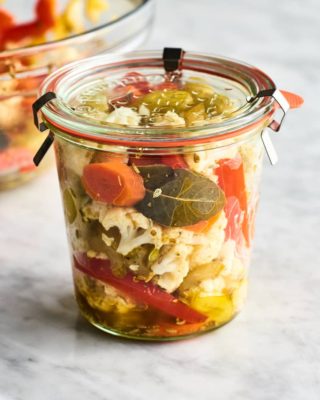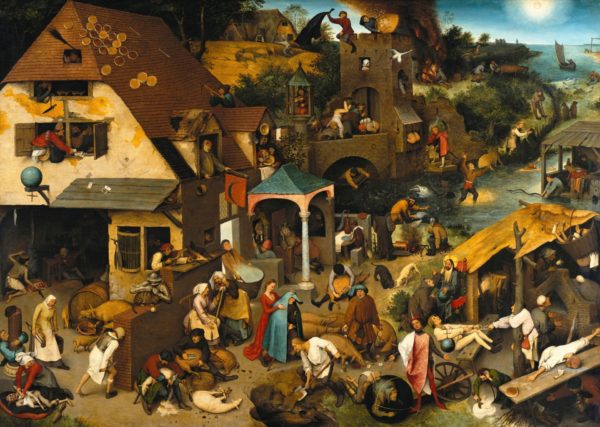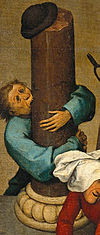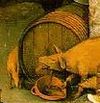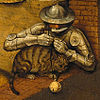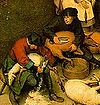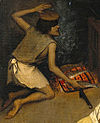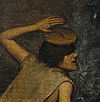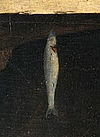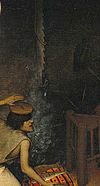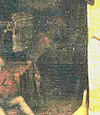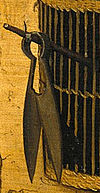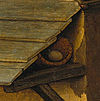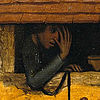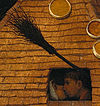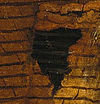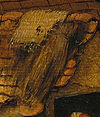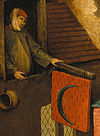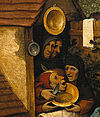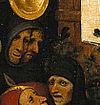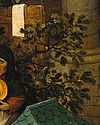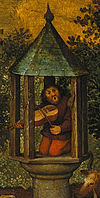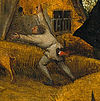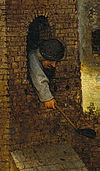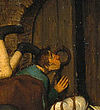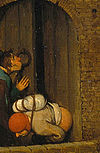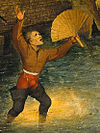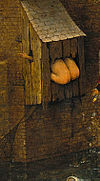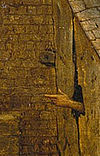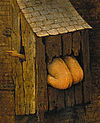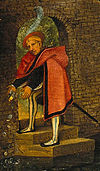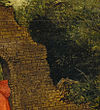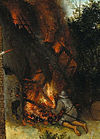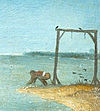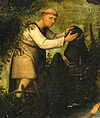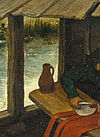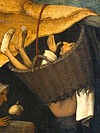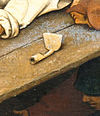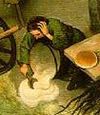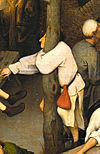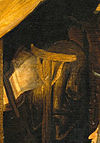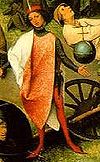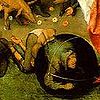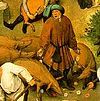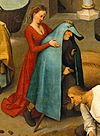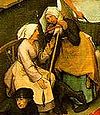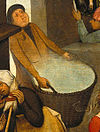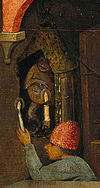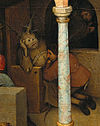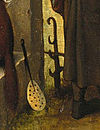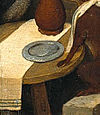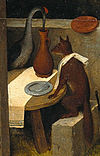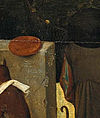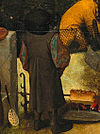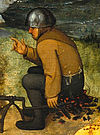Month: July 2020
[recipe] Traditional Italian Giardiniera
1/2 medium head cauliflower
2 medium carrots
2 stalks celery
1 medium red bell pepper
2 cups white wine vinegar
1 cup water
1.5 tbsp kosher salt
1 tbsp granulated sugar
2 bay leaves
16 small pickled pepperoncinis
1/4 cup olive oil
2 tsp fennel seeds
1 tsp dried oregano
Cut 1/2 head cauliflower into bite-sized florets. Peel 2 carrots and thinly slice them crosswise on a slight diagonal. Thinly slice 2 stalks celery on a slight diagonal. Cut 1 red bell pepper into 1/4-inch-thick strips.
Bring 2 cups white wine vinegar, 1 cup water, 1 1/2 tablespoon kosher salt, 1 tablespoon granulated sugar, and 2 bay leaves to a boil in a medium saucepan over medium-high heat. Reduce the heat to maintain a simmer, add the cauliflower and carrots, and simmer for 3 minutes. Add the celery and red bell pepper and continue to simmer until all the vegetables are crisp-tender, about 2 minutes more. Remove from the heat.
Stir 16 small pickled pepperoncinis into the vegetable mixture. Cover the saucepan and let the vegetables marinate in the vinegar solution for 5 minutes. Meanwhile, prepare the marinade.
Place 1/4 cup olive oil, 2 teaspoons fennel seeds, and 1 teaspoon dried oregano in a large bowl. When the vegetables are done marinating in the vinegar solution, transfer 2 tablespoons of the vinegar solution to the bowl of olive oil. Whisk until combined and emulsified.
Pour the vegetables through a strainer or colander to drain, then add them to the marinade. Toss well to combine, then set aside until cool to room temperature, about 20 minutes. Cover with plastic wrap and refrigerate. Let marinate for at least 1 hour and up to 1 day before enjoying cold or at room temperature. Toss again before serving.
The giardiniera can be stored in an airtight container in the refrigerator for up to 1 week.
Cats can’t be bovvered
Jardins des Iris, Vullierens, revisited
when you work with a bunch of geeks
Coffee crack
Cat pictures
On compliance
Introverts, unite! Alone! At home!
Netherlandish Proverbs
Netherlandish Proverbs (Dutch: Nederlandse Spreekwoorden; also called Flemish Proverbs, The Blue Cloak or The Topsy Turvy World) is a 1559 oil-on-oak-panel painting by Pieter Bruegel the Elder that depicts a scene in which humans and, to a lesser extent, animals and objects, offer literal illustrations of Dutch-language proverbs and idioms.
Running themes in Bruegel’s paintings are the absurdity, wickedness and foolishness of humans, and this is no exception. The painting’s original title, The Blue Cloak or The Folly of the World, indicates that Bruegel’s intent was not just to illustrate proverbs, but rather to catalog human folly.
Critics have praised the composition for its ordered portrayal and integrated scene. There are approximately 112 identifiable proverbs and idioms in the scene, although Bruegel may have included others which cannot be determined because of the language change. Some of those incorporated in the painting are still in popular use, for instance “Swimming against the tide”, “Banging one’s head against a brick wall” and “Armed to the teeth”.


